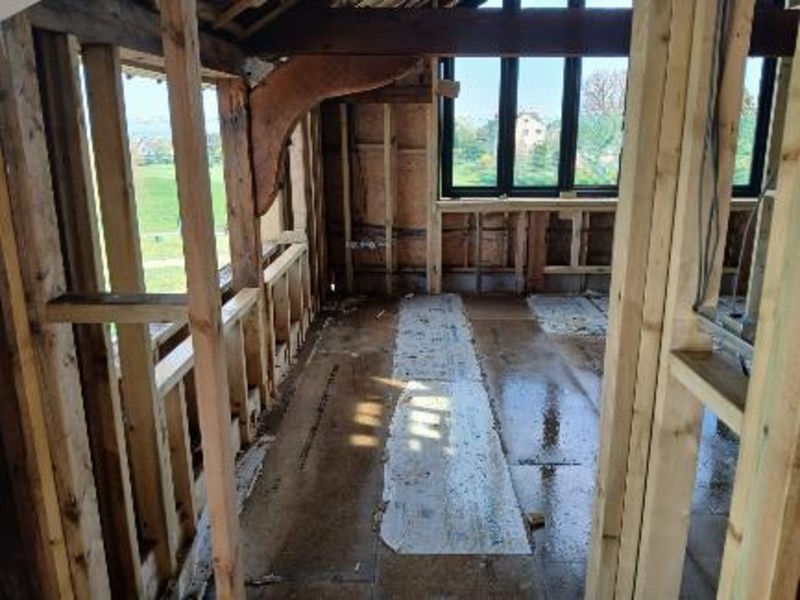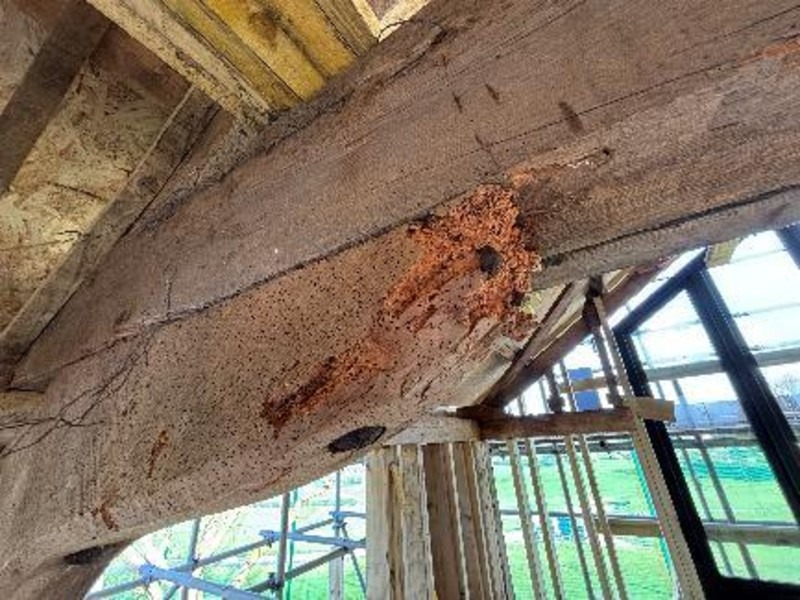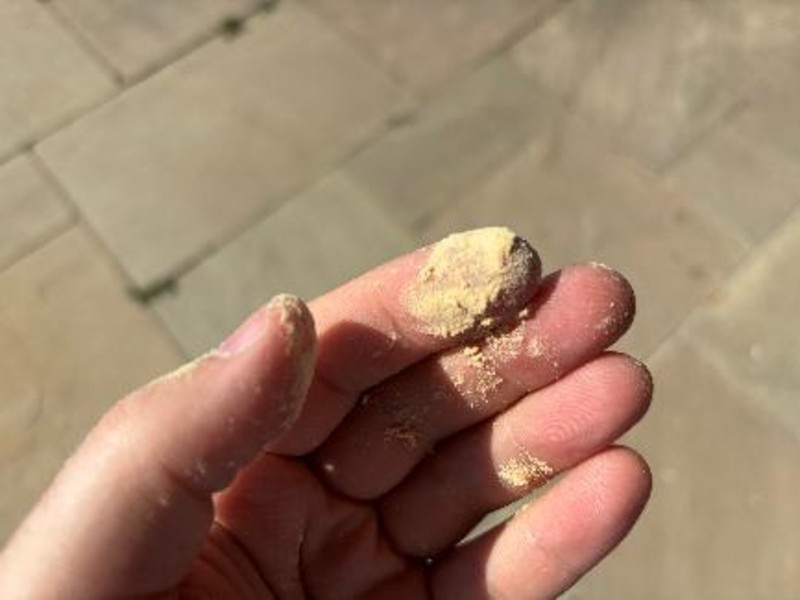Common Furniture Beetle
This blog post will delve into what the Common Furniture Beetle is, how to easily identify its presence, the potential impact on your property, and most importantly, how our expert timber preservation services can effectively remedy the issue. The Common Furniture Beetle is a small, brown beetle, typically measuring between 2.5 and 5 millimetres in length. It’s a widespread woodworm species found throughout the UK and, as its name suggests, it commonly infests both hardwood and softwood timber used in furniture, structural timbers, and wooden fixtures within buildings.

The life cycle of the beetle begins when adult females lay their eggs within cracks and crevices in timber. Once hatched, the larvae are the real culprits. These creamy-white, curved grubs bore through the wood, feeding on the cellulose and creating a network of tunnels. This larval stage can last for several years, depending on factors like timber type, moisture content, and temperature. Eventually, the larvae pupate near the surface before emerging as adult beetles, ready to mate and lay more eggs, continuing the cycle.

In more advanced infestations, internal tunnelling can weaken the timber, causing it to feel crumbly or easily damaged. A faint tapping or clicking sound from larvae feeding may sometimes be heard, though this is less common. To check for weakness, gently pressing a screwdriver into the wood can reveal areas that have been significantly compromised.
It is also important to distinguish between old, inactive exit holes and signs of an active infestation. Fresh frass, with its light-yellow colour and soft texture, or sightings of adult beetles indicate that the infestation is ongoing and requires attention. Although commonly associated with furniture, the Common Furniture Beetle can also cause serious damage to the structural timber within buildings. Infestations in floor joists, roof timbers, and wall studs can gradually weaken their strength and stability, leading to sagging floors, creaking structures, and in severe cases, structural failure. Essentially, the tunnels created by the larvae act like tiny holes that compromise the integrity of supporting beams.
The beetles also target wooden fixtures such as skirting boards, door frames, window frames, and staircases, affecting both their appearance and durability. This damage can reduce the aesthetic appeal of a property and significantly lower its market value, particularly during property surveys where woodworm is noted. Repairing extensive infestations often involves costly timber replacement and structural reinforcement, and ignoring the problem can result in even greater expenses over time.
As experienced timber preservation specialists serving Chelmsford and the wider Essex region, Essex and Anglia Preservation provide comprehensive solutions to identify, treat, and prevent Common Furniture Beetle infestations. Our process begins with a thorough inspection and diagnosis, where qualified surveyors assess the extent of the infestation, the damage caused, and the species involved. Using tools such as moisture meters, we can differentiate between active and inactive infestations and evaluate timber conditions that may be conducive to further beetle activity.
Following the inspection, we develop tailored treatment plans to address the specific needs of each property. Surface treatments involve applying professional-grade insecticides to target larvae and emerging adults, carefully selected for effectiveness while minimising environmental impact. For more controlled and targeted applications, we also use preservative timber paste, which is hand-applied to affected areas to reduce mess compared with sprays.

If you suspect you have a Common Furniture Beetle infestation in your property in Essex or the surrounding areas, don’t delay. Early detection and professional treatment are key to preventing significant damage and costly repairs. Contact Essex and Anglia Preservation today for a comprehensive survey and expert advice. Let us help you protect your timber and preserve the structural integrity of your building for years to come.
